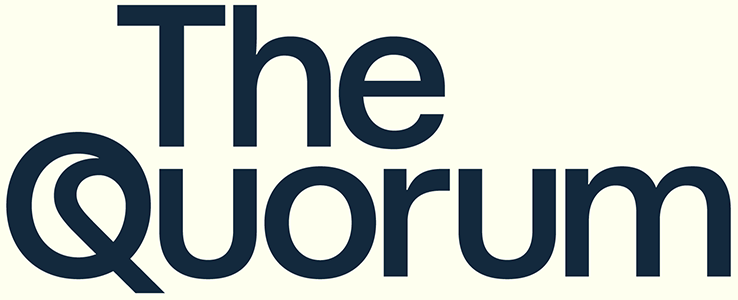The business model is clear. Make the movie for a song and enjoy the upside windfall. That’s the way horror films have been made for decades.
Sure, sometimes budgets climb as high as $50M, but the vast majority are made for next to nothing. The five highest-grossing horror films of 2023 each cost less than $35M to make.

That’s why the reports of Universal paying $400M for the rights to three EXORCIST movies are so confounding. That equates to roughly $133M per film—a far cry from the typical horror micro budgets. Granted, the world was different in 2021 when the trilogy was greenlit. Warner Bros. shattered records with IT debuting to $123M in 2017, and Universal succeeded with the first film in the new HALLOWEEN trilogy opening to $76M a year later. There was precedent for bringing back classic horror IP to big box office numbers.
Universal’s $400M investment was undoubtedly predicated on BELIEVER opening in the same neighborhood as those two. But both IT and HALLOWEEN were statistical outliers. It’s precarious banking on a hit in the margins.
On the heels of a soft $27M opening, could it be that Universal backed the wrong horse? For months now, there have been signs that the horror film to beat this Halloween season is not BELIEVER but FIVE NIGHTS AT FREDDY’S.
Back in July, we noted that FREDDY was already showing signs of strength, and that Universal might be leaving money on the table with a day-and-date release on Peacock:
“Clearly, the FREDDY fanbase knows and is excited about this film. And when you’re dealing with that groundswell of support months before release, it makes you sit up and take notice. In other words, there are signs that the film could flourish with a theatrical-only release.“
Fast forward three months, and it looks like FREDDY will be the big winner. And guess what? It cost a reported $25M—a fraction of one EXORCIST film. While Universal struggles to course correct for the next two EXORCIST films, they could be sitting on an enormously lucrative new horror franchise in FREDDY.
Take a look at the tracking. At the same distance from release, FREDDY (dark yellow) is outpacing BELIEVER (light yellow). That’s quite an accomplishment, considering that FREDDY isn’t a sequel.

Even more impressive is the fact that FREDDY (dark blue) has stronger interest by a sizable margin. Interestingly, the numbers for BELIEVER (light blue) dipped in our final tracking report after the reviews were released.

What does this all mean? If FREDDY connects in a major way in theaters, it may mean that day-and-date has no real advantage.
Universal is the last of the major studios dabbling in hybrid releases. And it’s been largely isolated to horror films. HALLOWEEN KILLS was a relic of the pandemic. FIRESTARTER had neither the buzz nor reviews to warrant a full theatrical release. And HALLOWEEN ENDS, the worst reviewed of the trilogy, was a straight-up play to get Peacock sign-ups.
If viewership for FREDDY skews far more towards theatrical than Universal’s previous hybrids, then the need for a simultaneous release is diminished. Plus, we know that films with a theatrical release frequently outperform non-theatrical titles once they hit streaming. In other words, people will watch it on streaming once the film enters that window anyway, so why bother compromising ticket sales with a day-and-date?
Regardless, on the heels of BELIEVER’S soft opening, FREDDY may smooth over some of the frayed edges at Universal. And it serves as a terrific reminder that the model of low budget and high reward still works just fine for horror films.


 © 2024 The Quorum, LLC, All Rights Reserved.
© 2024 The Quorum, LLC, All Rights Reserved.